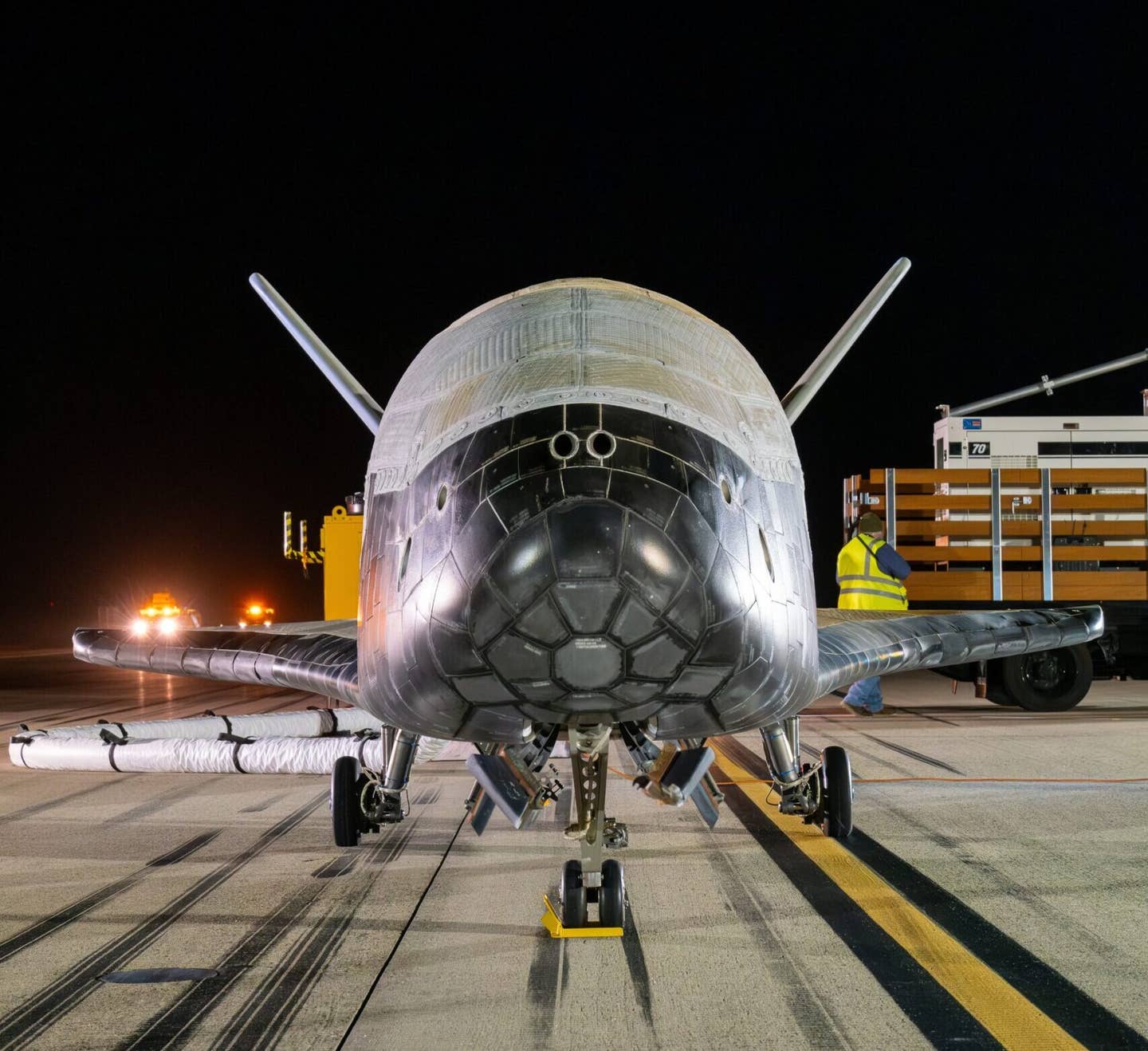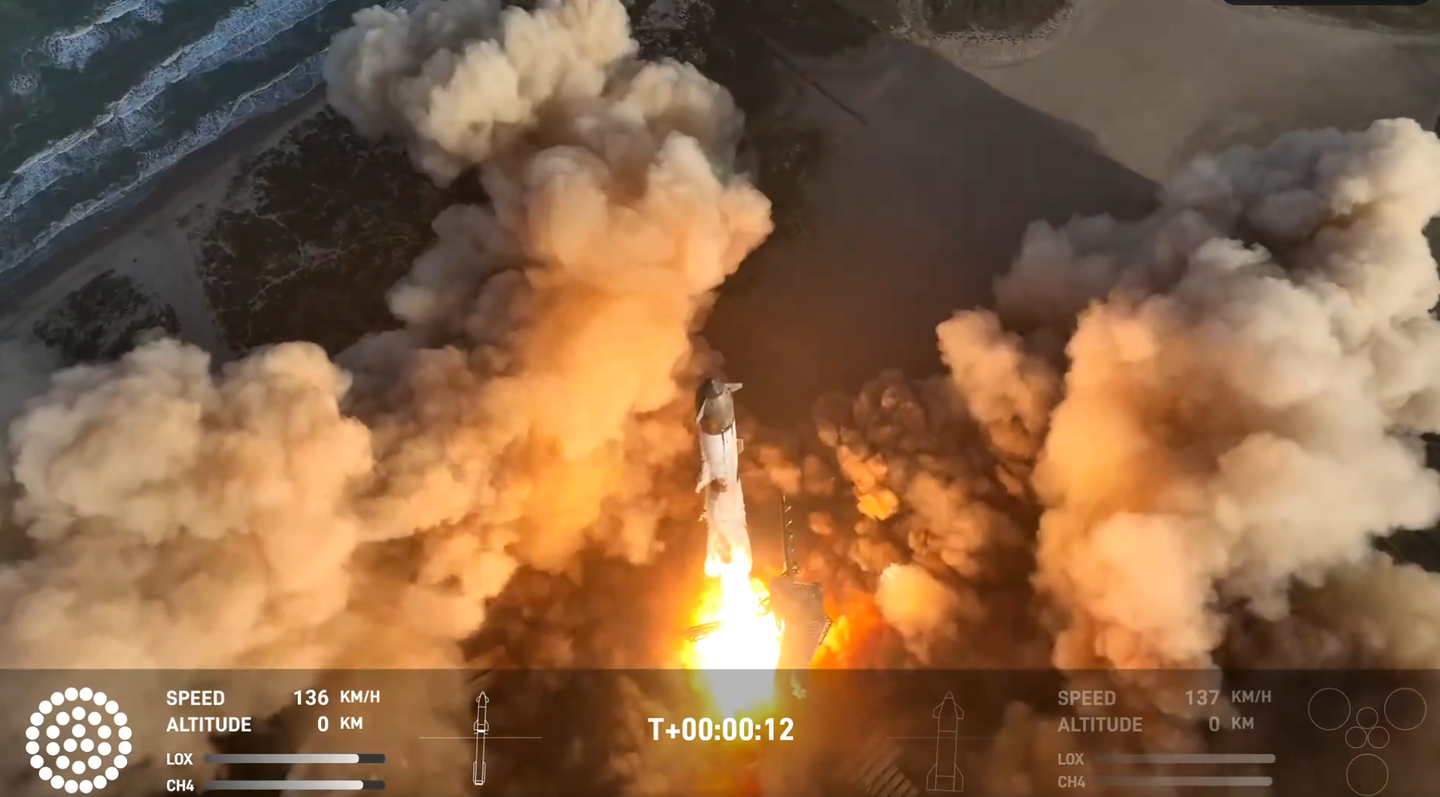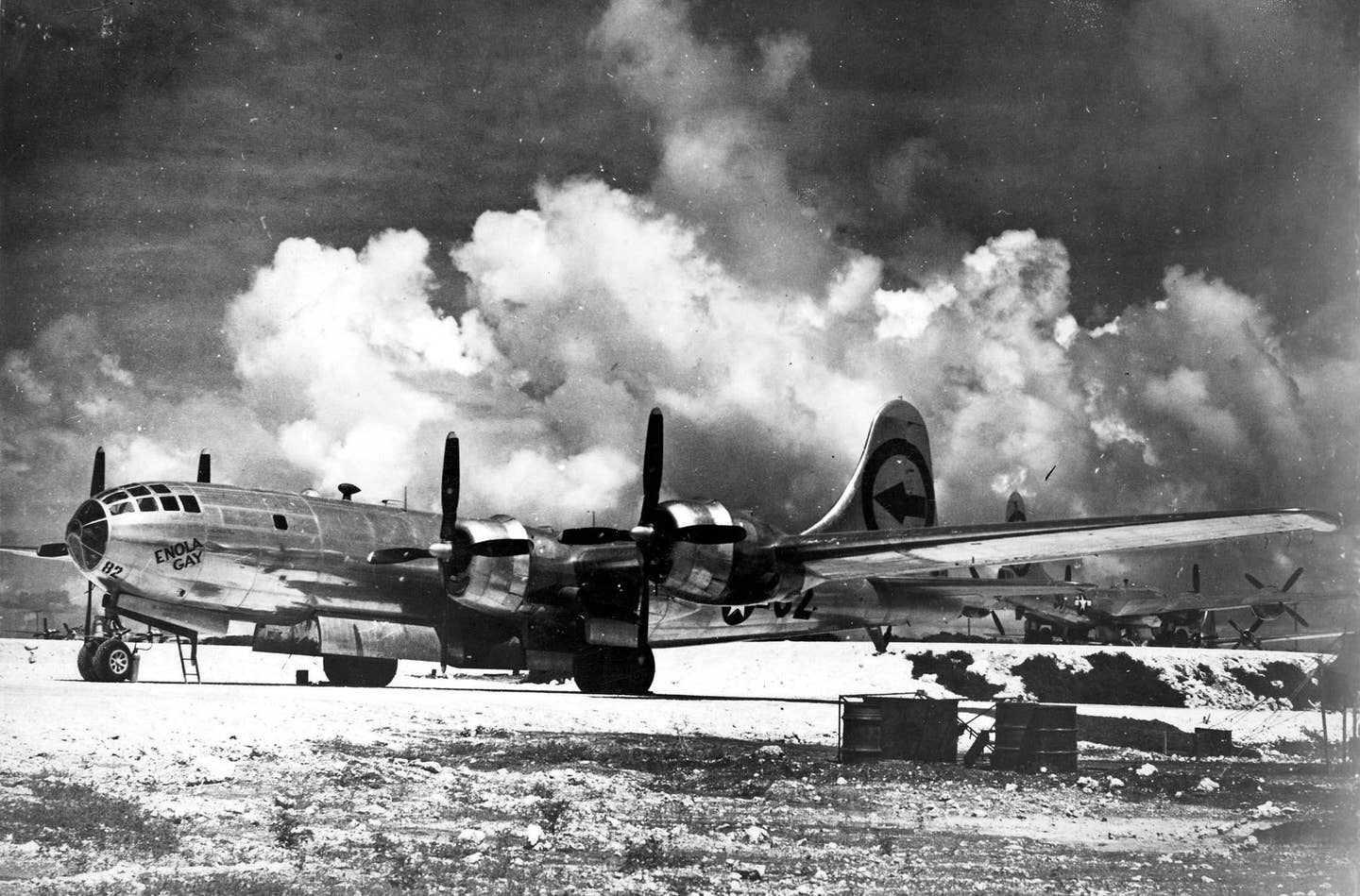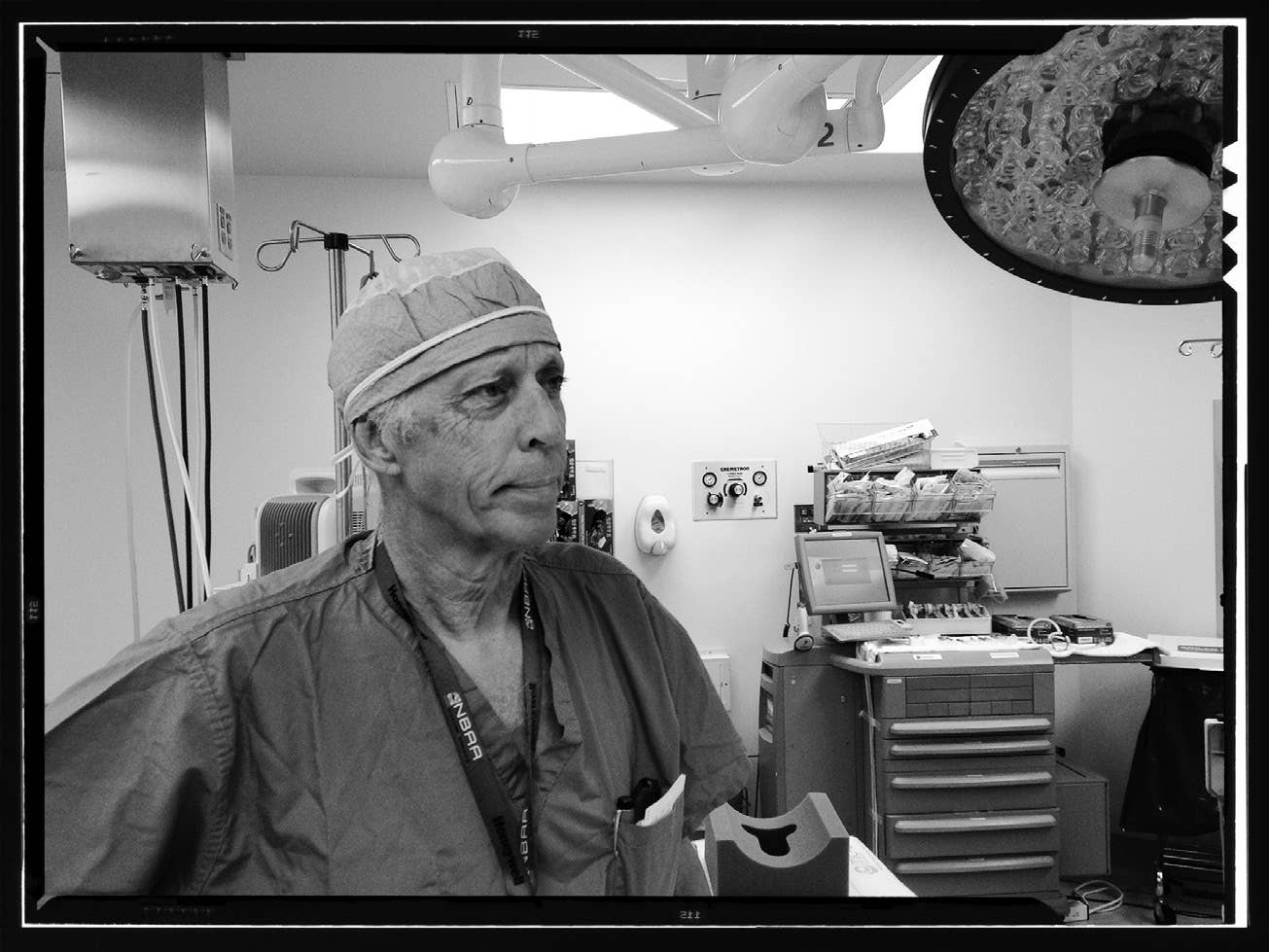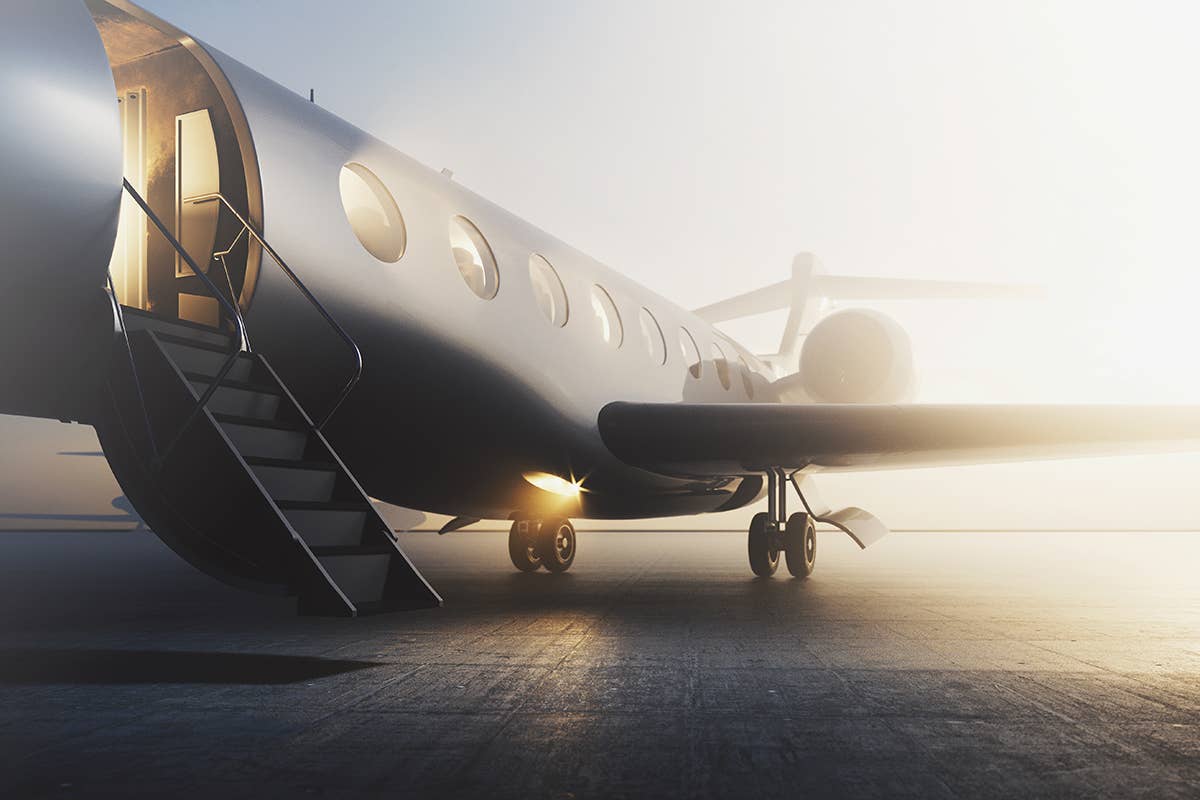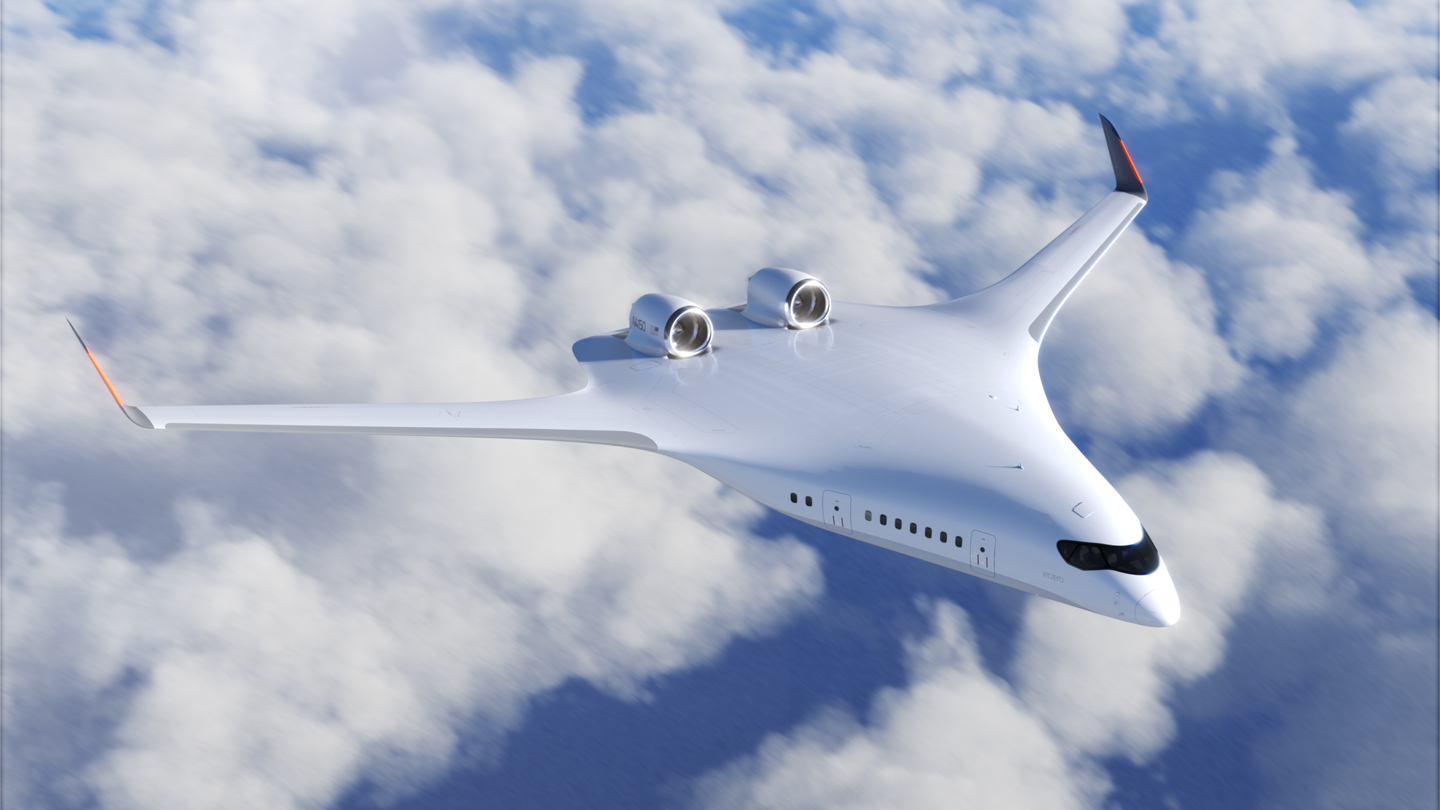FAA Issues New Safety Protocols for Aerial Demonstrations
The agency’s risk-mitigation recommendations stem from the findings of a probe into a 2022 midair collision at a Dallas airshow.

A B-17G Flying Fortress and a B-52H Stratofortress fly in a heritage flight formation on Saturday, May 13, 2006 during the Defenders of Liberty Airshow at Barksdale Air Force Base, Louisiana. [Courtesy: U.S. Air Force]
The FAA is calling for "appropriate well-defined procedures" during aircraft demonstrations following an investigation into a deadly midair collision of a Boeing B-17G and a Bell P-63F during a 2022 airshow in Texas.
The aircraft were participating in a parade of airplanes in front of thousands of spectators at the Wings Over Dallas airshow when they collided, killing all six on board.
In a photograph included in the National Transportation Safety Board (NTSB) preliminary investigation, the B-17 and the P-63 were shown flying at the same altitude. The P-63 was behind the bomber and in a slight left bank with its belly facing the larger aircraft, making it impossible for its pilot to see the B-17 prior to impact.
The P-63 sliced into the bomber, severing its tail. The forward half of the bomber cartwheeled to the ground and the P-63 disintegrated. There was a large fireball as the remains of the aircraft hit the ground.
In a Safety Alert for Operators (SAFO) released Monday, the FAA outlined risk mitigation measures for the civilian airshow community.
According to the SAFO, despite dissimilar aircraft operating in close proximity to one another, "the NTSB preliminary report stated there were no altitude deconflictions briefed before the flight or while the airplanes were in the air. This accident highlights the complexity of mass aircraft demonstrations, and the critical importance of safety protocols to provide separation and enhance situational awareness."
The SAFO identified the complexities and challenges for these aerial demonstrations, such as the participation of dissimilar aircraft, the complexity of the flight patterns, communication protocols, and the number of aircraft involved.
In that document, the FAA made the following recommendations to mitigate risk and improve safety at these events:
- Air bosses should be experienced and have a background in mass aircraft demonstrations.
- Pilots should have proper training, credentialing, and recency of experience.
- Formations should utilize experienced flight leads that have demonstrated their ability to manage their formation element.
- Mass aircraft demonstration structure should include a detailed written plan that is distributed to all pilots in a manner that is clear and concise and able to be used in the cockpit.
- Mandatory preflight and postflight briefings should review all aspects of the normal and emergency procedures for all participants.
- Following the briefed plan for operational execution is of critical importance. Deviations from the plan, ad hoc instructions, or maneuvers can contribute to confusion and loss of separation.
- No simultaneous flight operations for aircraft not involved in mass aircraft demonstration.
- Complete geographical, vertical, lateral, and time separation should be utilized.
- Mass aircraft demonstrations should use simple racetrack patterns to avoid complex maneuvering and loss of visual separation.
- Avoidance procedures should be clear to all participants and easily executed in the event of an emergency.
"Pilots, air bosses, and event organizers should be continually assessing the risks and implementing appropriate safety mitigations to ensure the continued safety at aviation events," FAA said.

Sign-up for newsletters & special offers!
Get the latest FLYING stories & special offers delivered directly to your inbox

